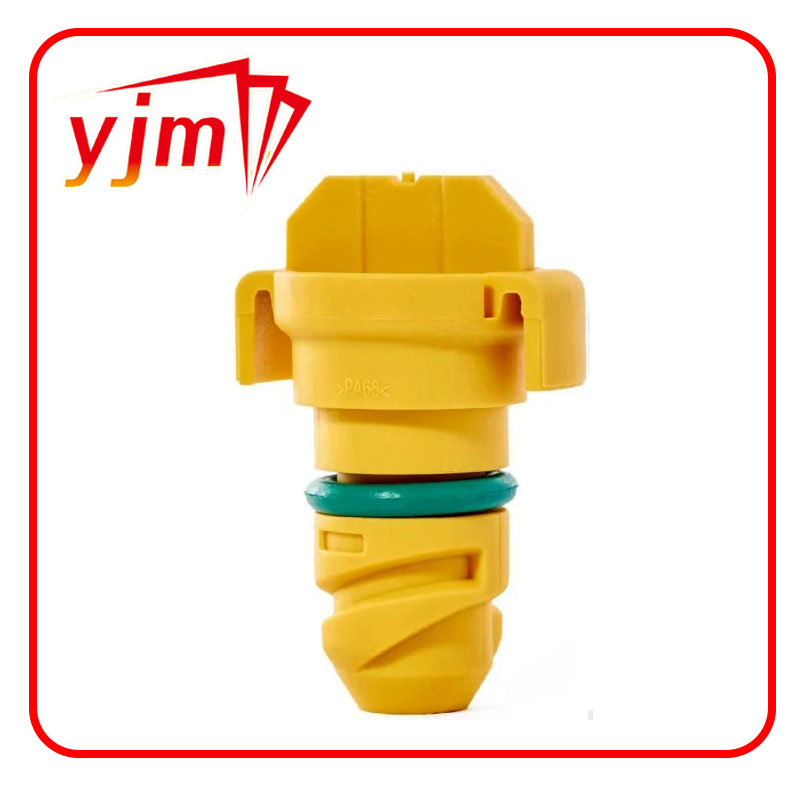Sealing Solutions for Steering Pump Efficiency and Performance Enhancement
Understanding Steering Pump Seals Importance and Maintenance
The steering system is a critical component of any vehicle, providing the driver with control over the direction of travel. Among the various parts that ensure the efficient functioning of the steering system, the steering pump seal plays a pivotal role. Understanding the significance of steering pump seals, their common issues, and maintenance practices can help extend the life of your steering system and ensure safe driving.
What Are Steering Pump Seals?
Steering pump seals, also known as hydraulic pump seals, are essential components that prevent the leakage of hydraulic fluid within the power steering system. The power steering pump generates hydraulic pressure to assist in steering the vehicle, making it easier for the driver to control the direction with minimal effort. The seals are responsible for maintaining this pressure by preventing the hydraulic fluid from escaping the pump assembly.
These seals are typically made from durable materials, such as rubber or polyurethane, designed to withstand pressure, temperature fluctuations, and the corrosive properties of hydraulic fluids. Over time, however, these seals can wear out due to constant exposure to stress and environmental conditions, leading to potential issues in the steering system.
Importance of Steering Pump Seals
The integrity of steering pump seals is crucial for the optimal performance of the power steering system. If these seals fail, it can result in several problems
1. Fluid Leaks A worn or damaged seal can lead to hydraulic fluid leaks. This not only reduces the effectiveness of the power steering system, making it harder to steer the vehicle, but also poses the risk of driving with insufficient fluid, which can lead to further damage.
2. Increased Wear and Tear When seals fail, the pump may have to work harder to maintain pressure. This increased demand can lead to premature wear of the pump and other steering components, resulting in costly repairs.
3. Safety Risks A malfunctioning steering system can significantly impair vehicle handling, posing a serious safety risk. Loss of steering control can lead to accidents, making it imperative to address any seal-related issues promptly.
Common Issues with Steering Pump Seals
Several signs can indicate problems with steering pump seals
steering pump seal

- Visible Leaks A puddle of fluid under your vehicle could indicate a leaking steering pump seal. Checking the color and consistency of the fluid can help determine if it is steering fluid.
- Steering Difficulties If you notice a significant increase in the effort required to turn the steering wheel, it may be due to low hydraulic fluid levels caused by a leaking seal.
- Unusual Noises A whining or groaning noise when turning the steering wheel can suggest that the pump is struggling to draw fluid due to low levels, often a symptom of a seal failure.
Maintenance Tips
To prevent issues related to steering pump seals, regular maintenance is essential
1. Inspect Fluid Levels Regularly Keep an eye on the power steering fluid reservoir. If levels are consistently low, check for leaks and inspect the seals.
2. Listen for Unusual Noises Pay attention to sounds that may indicate problems within the steering system. Early detection can prevent more severe damage.
3. Conduct Routine Checks Regularly inspect the steering pump and associated components for signs of wear or damage. It’s best to address any issues as soon as they are detected.
4. Professional Inspection If you suspect problems with your steering system, it’s always wise to consult a professional mechanic. They can perform a thorough inspection and recommend necessary repairs.
Conclusion
Steering pump seals are vital for the proper functioning of a vehicle's power steering system. Recognizing the importance of these seals and performing regular maintenance can help ensure a safe and smooth driving experience. Being proactive in monitoring for signs of wear or failure not only extends the life of your steering components but also enhances your vehicle's overall performance and safety on the road. By caring for these small yet crucial components, drivers can enjoy a more efficient and reliable driving experience.
-
Understanding Automotive Oil Seals: Essential Components for Engine and Shaft Protection
News Jul.30,2025
-
The Importance of Heavy Duty Seals in Industrial and Residential Applications
News Jul.30,2025
-
Exploring Industrial Oil Seals: From Felt Oil Seals to TTO and CFW Solutions
News Jul.30,2025
-
Essential Guide to Oil Seals: From Radial to Metal-Cased Seals for Industrial Reliability
News Jul.30,2025
-
Choosing the Right Oil Seals and Gaskets for Industrial and Automotive Applications
News Jul.30,2025
-
Cassette Seals: Durable Sealing Solutions for Harsh Environments
News Jul.30,2025
-
Understanding the Front Main Engine Seal: Purpose, Maintenance, and Installation
News Jul.29,2025
Products categories















